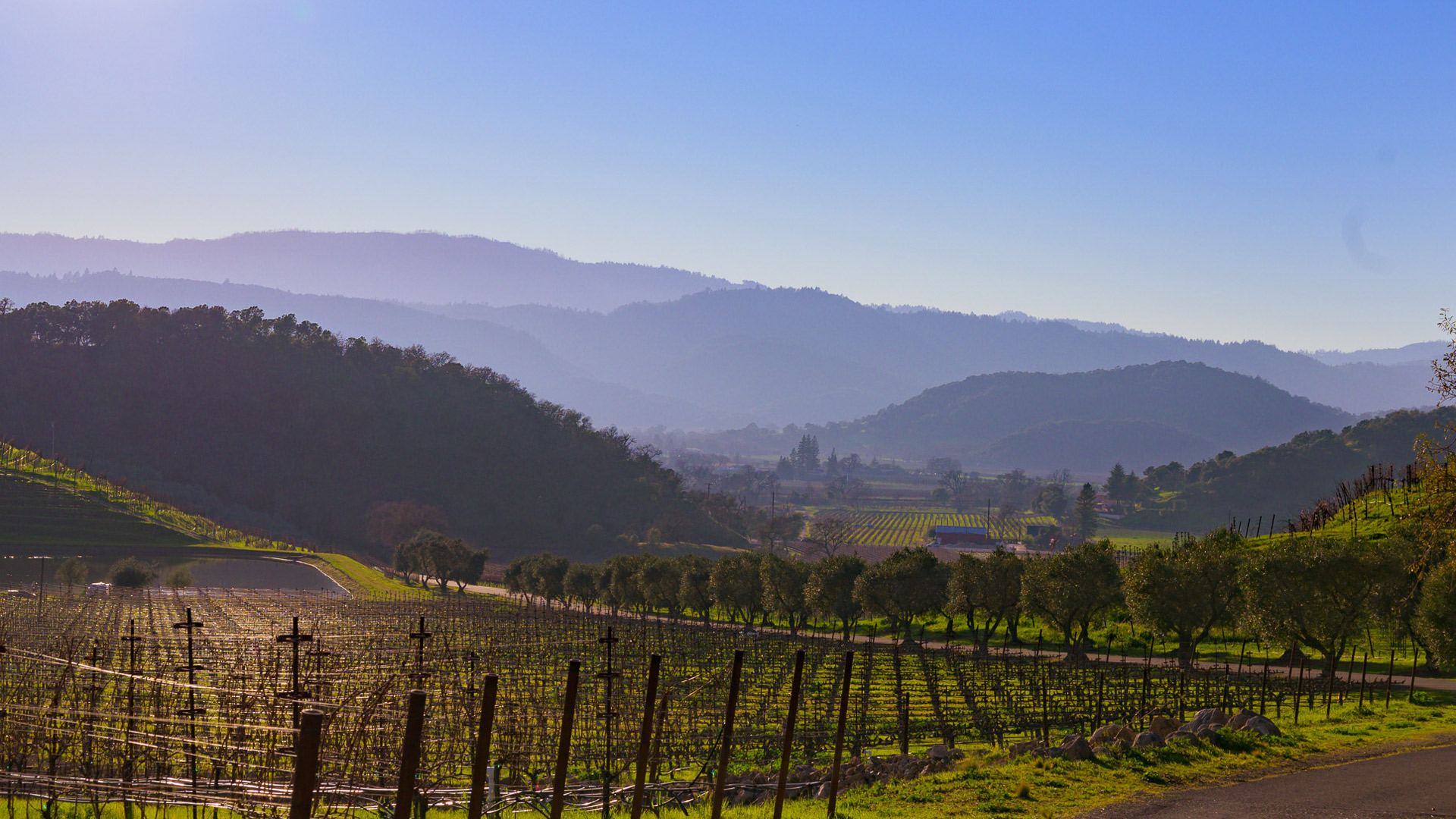Palate
During blending, Tony added juice of various red grape varietals to help
achieve Oberon Cabernet’s lovely flavor and texture. The kiss of Petite Verdot, dash of Merlot and
sprinkling of other red varietals helped to create this wine’s deep ruby colors, silky tannins, and vibrant
red cherry, candied blackberry, and spice flavors. A hint of coffee and dark chocolate create a lingering
and delightful finish.
Growing Conditions
Napa Valley native and winemaker, Tony Coltrin, brings more than 40 years of winemaking experience
to Oberon, with expertise in sourcing quality fruit from the best vineyards in the valley and
understanding the region’s uniqueness for growing classic Bordeaux varieties. His long-standing
relationships with local growers ensure a consistency in the quality of the grapes grown in premier
Napa sub-appellations for Oberon.
2013 is being called a “early, even and excellent” vintage for Napa Valley. Extremely low rainfall, long
stretches of warm summer days, and foggy and cool evenings helped to assist in perfectly ripening our
Oberon grapes. Due to the wonderful growing conditions, our vineyards produced nearly 30% higher
volume of perfectly ripened grapes than the previous three years, allowing us to pick the fruit at the
optimum time, providing us juice that shows the ripe flavors and high quality that Napa has to offer.
To create Oberon Cabernet Sauvignon, Tony sourced grapes from throughout Napa’s finest
winegrowing regions, including Rutherford, Oakville, Yountville, Wooden Valley, Chiles Valley, and
our own Oso Vineyard at the northeastern end of Napa Valley. By layering fruit from Napa’s volcanic
hillside soils and the deeper alluvial soils of the valley floor, Tony accomplished his goal of marrying
many different expressions into one outstanding Cabernet Sauvignon that boasts a beautifully seamless
mouthfeel and rich, complex texture and flavors.
The 2013 Oberon Cabernet Sauvignon is composed of 86%
Cabernet Sauvignon and 14% other red varietals such as Merlot, Petit Verdot and Syrah.
Winemaking
After the grapes were gently hand-harvested, de-stemmed and crushed, the Cabernet juice fermented in
temperature-controlled stainless steel tanks, with an extended post-fermentation maceration. Malolactic
fermentation in French oak, combined with 14 months aging (45% new French oak), helped to marry
the wines’ flavors and tannins.





